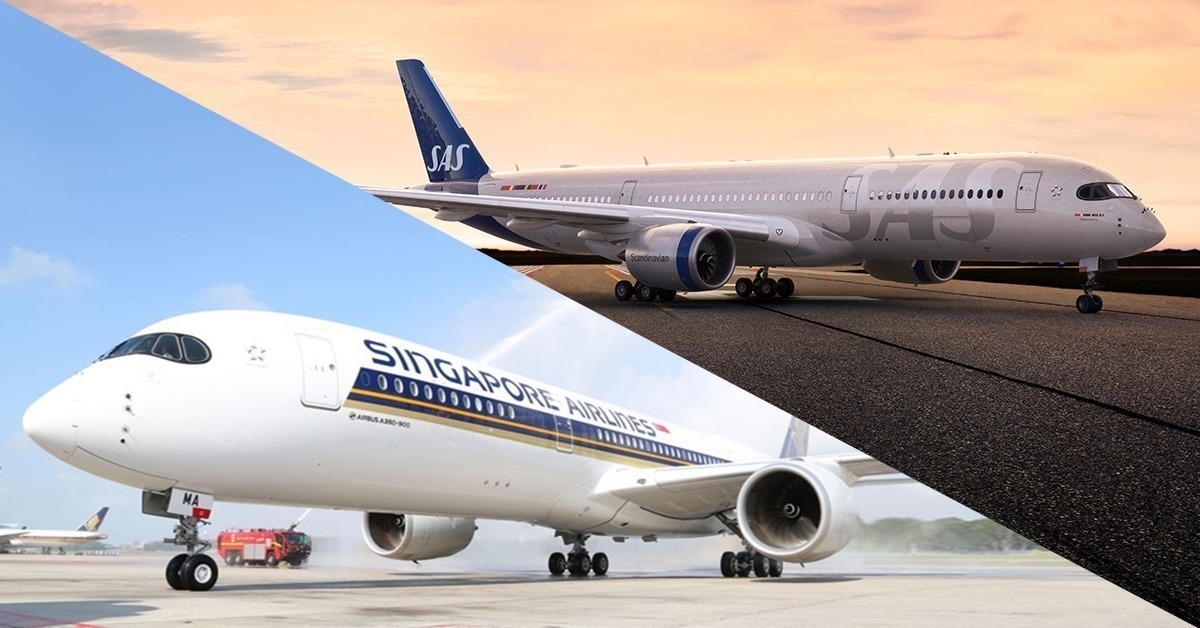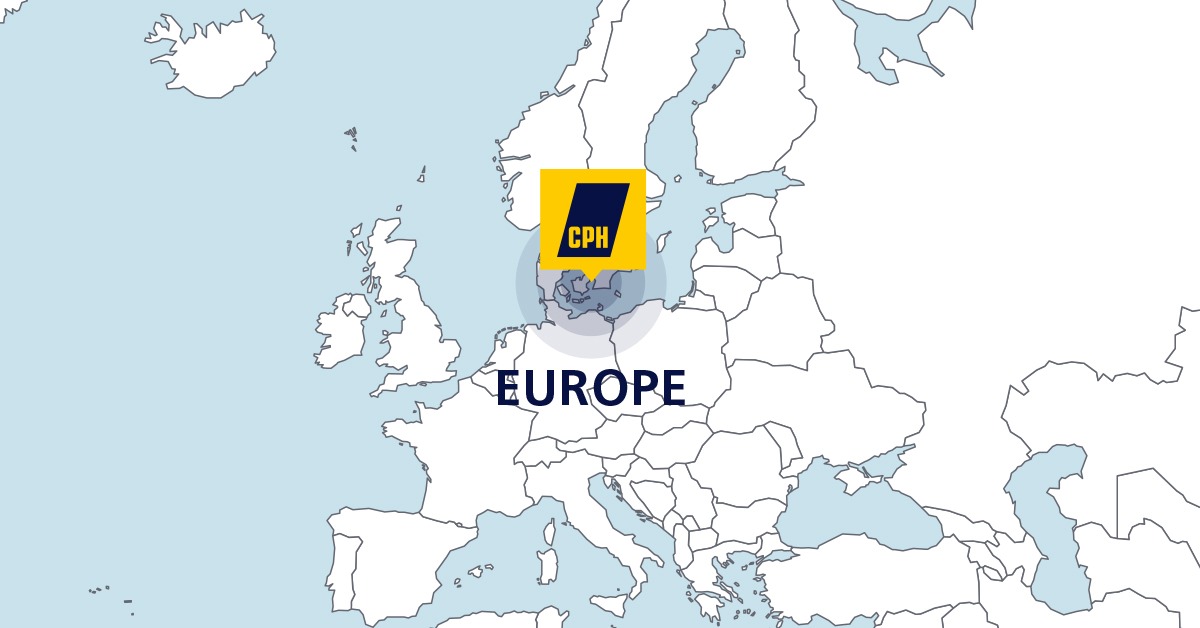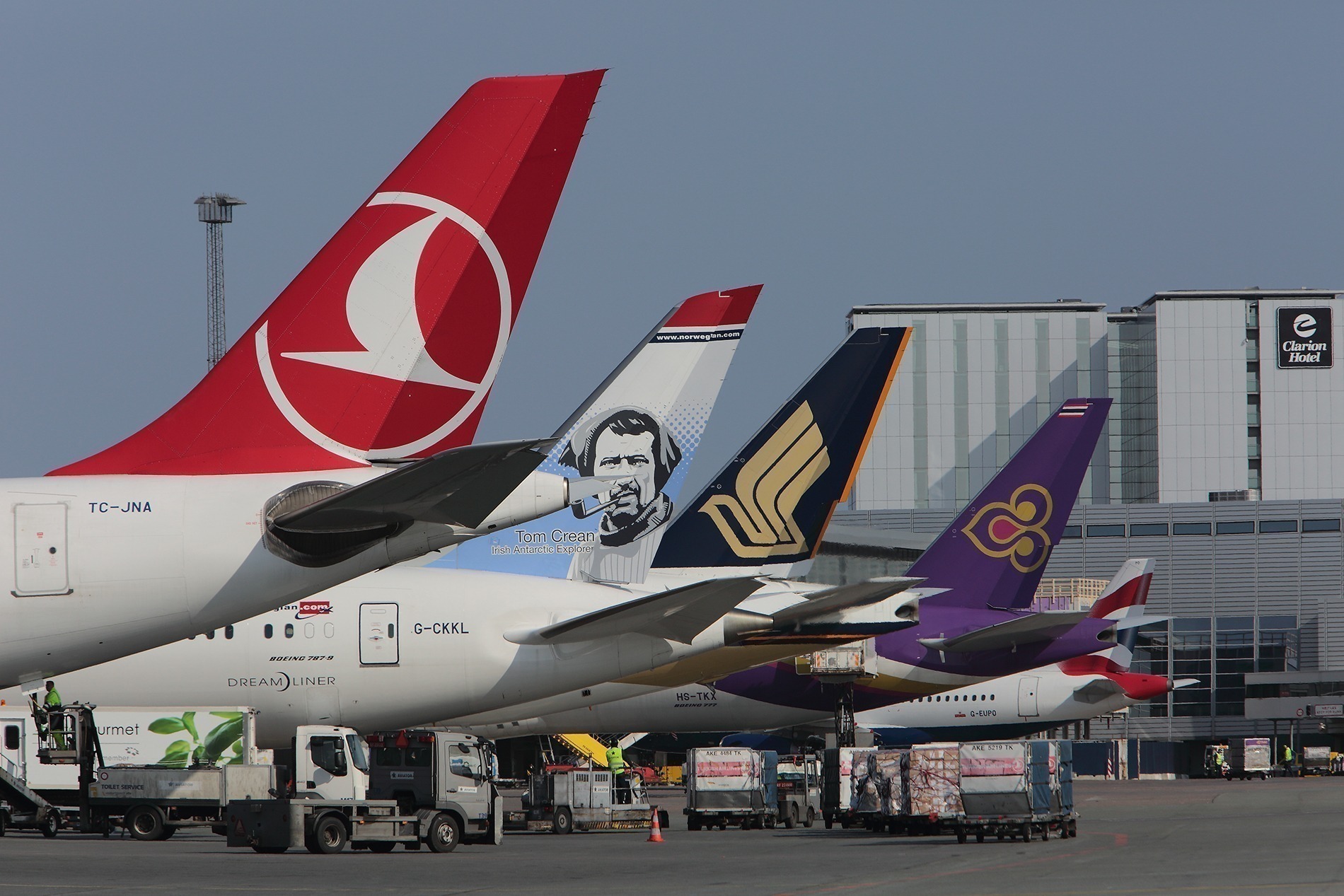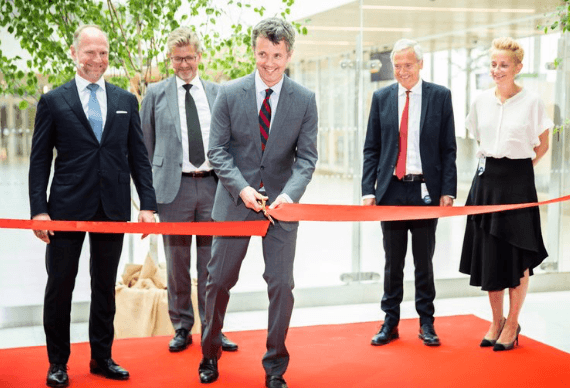Sustainability: How is the aviation industry adapting?
How is the aviation industry adapting to tackle climate change, tightening legislation and shifting consumer behaviours? Our trend experts examine the effects of ‘flygskam’, or flight shame, and explore how the industry can transform to stay competitive in the future.
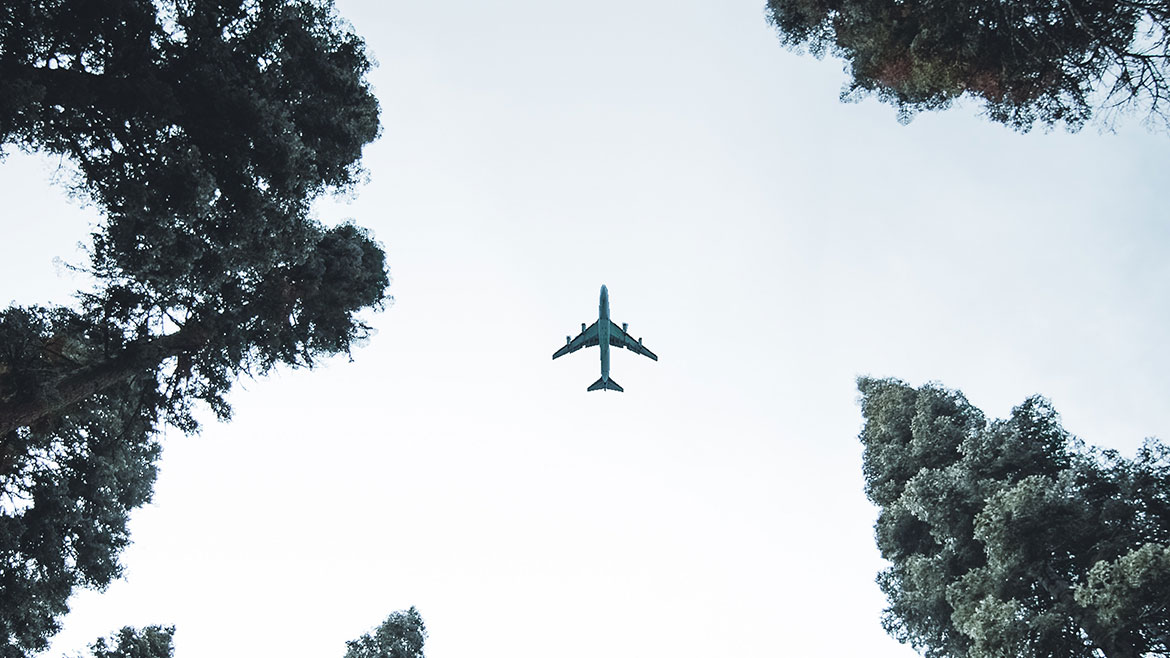
PHOTO BY: Sam Willis
PUBLISHED: 21/11-2019
The rise of ‘flygskam’ in Europe
Since 2018, flygskam or ‘flight shame’ is an environmental movement across Europe which encourages people to stop using air travel as a means of transport. The initiative has gained activist, political and celebrity support, raising the campaign’s awareness to a broader spectrum of society as a result.
Airports and airlines from across Scandinavia have been listening to this change in traveller’s views and are adopting sustainable solutions while maintaining accessibility by air for those that still require it. Typically, it is domestic air travel rather than those flights which take place overseas which can be most easily replaced by alternative means of transport, such as long-distance buses or rail.
Domestic air travel decreasing in Scandinavia
Demand for domestic air travel in Scandinavia has fallen and flygskam may well have contributed to that trend, as airline capacity at the region’s airports has declined to match the change in mood. Back in 2017, domestic flights represented 12% of all seat capacity in Denmark. Analysis of this year’s data has revealed that this figure has dropped to 11%, with an absolute reduction in domestic seats of over 80,000 across the year. Of the 7 airports in Denmark with domestic services, seven, including CPH, have witnessed a fall in seats on internal flights.
Domestic seats in Norway have grown marginally (by around 1.5%) between 2017 and 2019, proving that people still choose flying as a means of transportation, even when travelling internally, and especially when there are geographical challenges to overcome. That said, in the two years in question, Norway still observed a 1.5% contraction in domestic travel’s share of total capacity, from 62.8% to 61.3%.
However, it is Sweden where the flygskam sentiment was born that the message has been delivered in the most pronounced way. Two years ago, domestic air travel represented over 38% of all seats, but this has now fallen to around 36%. This drop in capacity represents over 650,000 annual seats in Sweden. Eight of the country’s top 10 airports in terms of capacity provided on domestic services have seen a decline in the number of seats provided in 2019 vs 2017.
When looking at the whole of Scandinavia – Denmark, Sweden and Norway – the reduction in domestic capacity is easily noticeable, dropping from over 42% of all seats in 2017 to just over 40.5% in 2019 – or a combined decrease of 1.5%.
A better alternative to a ‘green tax’?
Countries across Europe and worldwide are looking to aviation taxes in an attempt to reduce the demand for air travel. The birthplace of flygskam, Sweden introduced its new aviation tax in 2018. All passenger flights departing from Swedish airports now have an added charge of between 60 to 400 krona ($7 to $49), depending on the destination.
Aviation taxes have put airlines under significant pressure, but is taxation even the most effective way to tackle climate change? "Often these taxes are absorbed in the budgets of states and are spent on whatever they want, except the environment," argues Alexandre de Juniac, chief executive of the International Air Transport Association (IATA).
The Danish Aviation Industry Association has proposed creating an independent Climate Foundation. Instead of a government tax, a small fee would be added per passenger flying from a Danish airport. In total, the Climate Foundation could contribute DKK 250-300 million annually to initiatives aimed at more climate-friendly aviation.
“The Aviation Climate Foundation will become an engine for the green transition of the Danish aviation industry. With the foundation, the industry shows responsibility and initiative, and ultimately it is only the industry itself who can secure the change that is required with regard to the climate,” says Thomas Woldbye, CEO Copenhagen Airport.
The future of green fuels
From wind turbines to geothermal energy, Denmark is one of the world’s pioneers in green energy, with both the public and private sector committed to an energy system without fossil fuels by 2050. And a new study shows that Denmark has the potential to be leading country in the production of sustainable aviation fuel.
The study, a collaboration between the Nordic Initiative for Sustainable Aviation, the University of Southern Denmark and the consulting engineering company NIRAS, explores what it would take for Denmark to start producing sustainable aviation fuel using known technologies. It concludes that a gas-to-liquid (GTL) plant could be contracted immediately – and be built and in operation by 2025 at the latest.
Furthermore, the study calculates that electrofuels will cost somewhere between just above the upper price range to twice the upper price range compared to existing fuel types. While expensive, sustainable fuel has the advantage that it can be produced in copious amounts and will contribute significantly to solving the CO2 industry's emissions.
Airlines finding more ways to fly green
More than 30 airlines all around the world are now trialling and deploying green fuels. For example, KLM operates multiple daily flights powered entirely by biofuel, most notably from Los Angeles and New York to the airline’s home airport in Amsterdam. SAS uses biofuel on its daily SFO-CPH route, and currently uses 100 tonnes of biofuel annually. SAS also allows passengers to pay for biofuel as part of all flight bookings, while all EuroBonus Members’ tickets are CO2 compensated. Carbon offsets are a popular strategy, with Delta Airlines, Cathay Pacific, Ryanair, and more all investing in carbon offsetting themselves, or offering customers the option to buy carbon offsets. Many airlines, including American Airlines, SAS and Air Canada, are also replacing their fleets with new generation aircraft such as the Boeing 787 or the Airbus A350, to reduce CO2 and noise emissions.
Some more unusual approaches? SAS is entering into a partnership with aircraft manufacturer Airbus in order to pave the way for the large-scale use of electric and hybrid technology in commercial aircraft. And this summer, KLM encouraged passengers to “fly responsibly” and announced it was launching train services as an alternative to its Amsterdam-Brussels route.
Sustainability and growth go hand in hand
Copenhagen Airport reduced its energy consumption by 35% per passenger between 2013 and 2018 – while increasing its passengers by 6 million. This was achieved through total energy savings of 30.8 GWh: for example, by changing to LED lighting, replacing heating and ventilation systems and establishing a groundwater cooling system. And this is just the beginning.
CPH will be carbon neutral by the end of 2019. By 2030, CPH aims to be an emission-free airport with emission-free transport to and from the airport. And the goal for 2050 is to be entirely free of CO2 emissions – from the airport itself, air traffic, companies operating in the airport and land traffic to and from the airport. This will be realised by means of strategic partnerships across the aviation industry, decision-makers and researchers, aiming at greater availability of sustainable fuel and the development of climate-friendly technologies.
“International travellers arrive at an airport where growth and sustainability go hand in hand. In collaboration with the rest of the Danish aviation industry, we will take the lead in making Danish air travel climate-friendly,” says Thomas Woldbye, Copenhagen Airport CEO.
